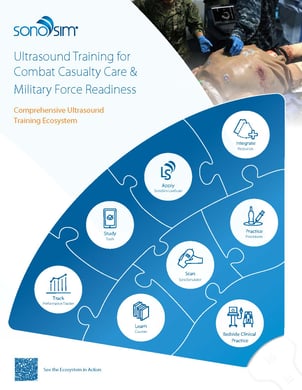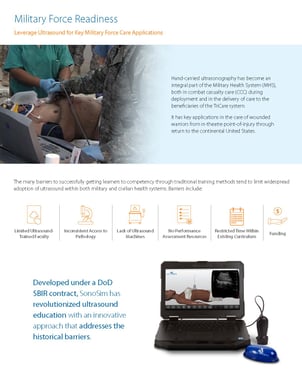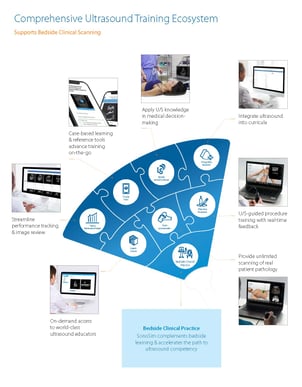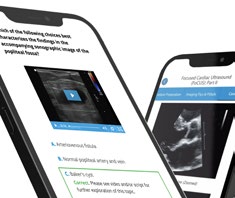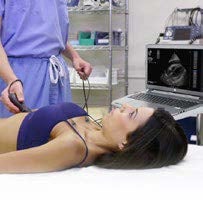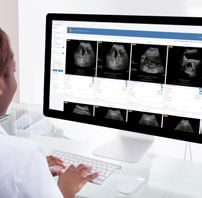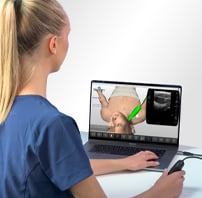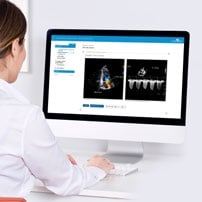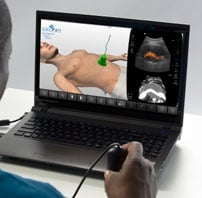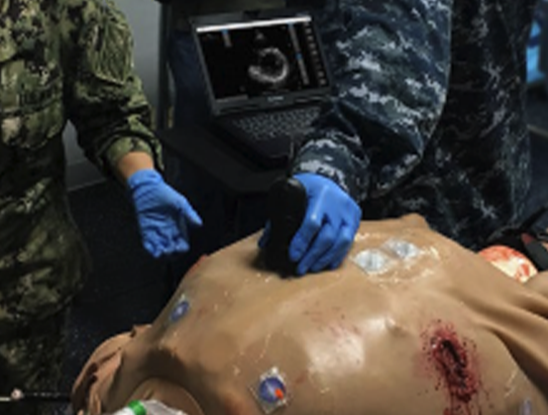
Enhance Military Simulation Training for Combat Casualty Care
SonoSim Ultrasound Training Supports Military Force Readiness
Developed under a DoD SBIR contract, SonoSim has overcome historical barriers to ultrasound training in combat casualty care and military simulation. SonoSim helps develop critical ultrasound skills prior to and during active military duty deployments. SonoSim LiveScan® is particularly useful for multiple casualty incident training as it uses real pathologic ultrasound cases to train how to integrate ultrasound findings towards medical decision-making.
SonoSim Ultrasound Training for Military SIM & Combat Casualty Care
SonoSim has worked with military medicine specialists to develop an ecosystem of ultrasound training solutions and supporting resources that transform ultrasound education and training. Our military SIM solutions enhance combat casualty care, from in-theatre point-of-injury to the care of returned wounded warriors.
Develop Medical Personnel & Military Force Readiness with Ultrasound Simulation
Integrate Ultrasound into Combat Casualty Care Scenario-Based Training
Hand-carried ultrasound has become indispensable in delivering optimal combat casualty care and has rapidly become standard within the military health system (MHS). SonoSim's ultrasound training & simulation ecosystem has been specifically designed to support military care providers learn & apply this valuable operator-dependent skill. SonoSim prepares military care providers to apply ultrasound to deliver care to beneficiaries of the TriCare system, in-theatre at the point-of-injury, and after the return of service personnel to the continental United States.
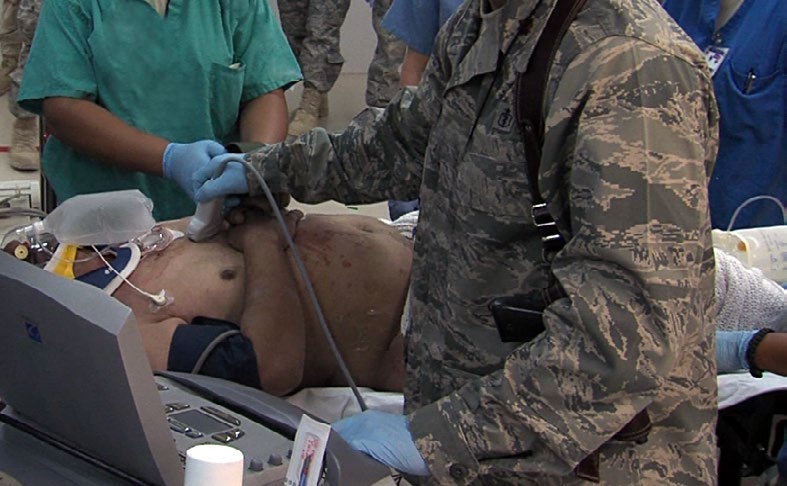
Common Barriers to Ultrasound Training
Traditional training methods can present hurdles to achieving ultrasound competency. This often can limit widespread adoption within both military and civilian health systems. These barriers can be effectively mitigated by implementing ultrasound simulation into Military SIM.

Limited Ultrasound-Trained Faculty

Inconsistent Access to Pathology

Lack of Ultrasound Machines

No Performance Assessment Resources

Restricted Time in Curriculum

Funding

Developed under a DoD SBIR contract, SonoSim has revolutionized ultrasound education with an innovative approach that addresses the historical barriers to widespread ultrasound competency.
Get your guide to Ultrasound Training for Military
SonoSim's Comprehensive Military Ultrasound Training Ecosystem
Facilitating Bedside Clinical Scanning in Military SIM Training Contexts
Develop & Assess Essential Ultrasound Skills
Real Pathological Scanning Cases Across Diverse Patient States
Commanders of Military Medical Training Centers must fulfill a wide range of ultrasound training needs, catering to learners with diverse backgrounds and roles. SonoSim's comprehensive suite of content enables these leaders to effectively meet these demands, facilitating faster knowledge acquisition and skill development, while simultaneously evaluating the medical decision-making capacity of their trainees.
SonoSim Courses provide a flexible platform for the assorted learners within your Military Medical Training Center to garner in-depth ultrasound knowledge. Meanwhile, the SonoSimulator enhances the development of image acquisition and interpretation skills. Additionally, SonoSim's Procedure Training supplies remote learners with essential cognitive task training, ensuring they excel in ultrasound-guided needle-based procedures when they return to the Training Center.
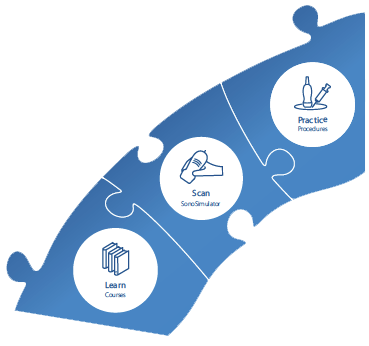
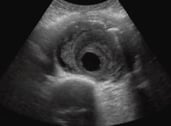
Emergency Medicine
Mapped to Recommended ACEP Ultrasound Curricular Guidance
Relevant SonoSim Content Categories
|
|
|
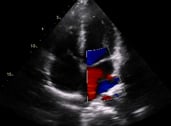
Internal Medicine
Mapped to Recommended Internal Medicine POCUS Curriculum Consensus Recommendations
Relevant SonoSim Content Categories
|
|
|
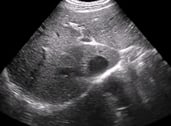
Family Medicine
Mapped to AAFP Recommended Curriculum Guidelines
Relevant SonoSim Content Categories
|
|
|
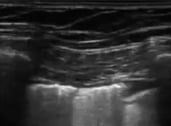
Anesthesiology & Critical Care
Mapped to SCCM Ultrasound Competency Guidance
Relevant SonoSim Content Categories
|
|
|
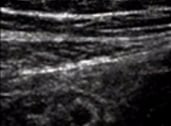
General Surgery
Mapped to Recommended AIUM Ultrasound Curricular Guidance
Relevant SonoSim Content Categories
|
|
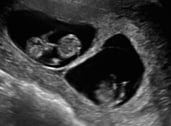
OB/GYN
Mapped to Recommended AIUM OB/GYN Ultrasound Guidance
Relevant SonoSim Content
|
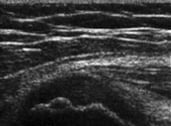
Orthopedics & Sports Medicine
Mapped to Recommended AIUM Ultrasound-Guided Procedures Curricular Guidance
Relevant SonoSim Content
|
|
|
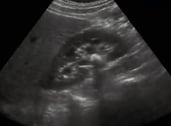
Urology & Nephrology
Mapped to Recommended AIUM POCUS Exam Performance
Relevant SonoSim Content
|
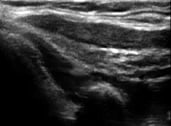
PAs & Advanced Nursing
Mapped to AIUM Practice Parameters
Relevant SonoSim Content
|
|
|
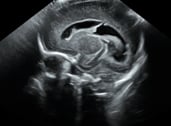
Pediatrics
60+ Pathologic Pediatric Cases Across Multiple U/S Applications
Relevant Content
|
|
|
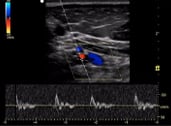
Medical Schools
Matches Recommended SRU & AMSER Medical School U/S Curriculum
Matches Canadian U/S Consensus for UME Group's Medical Student U/S Curriculum
Relevant Content
|
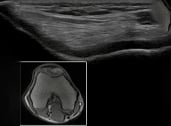
Radiology
Image Acquisition & Interpretation of Hundreds of Pathologies
Co-registered with Cross-Sectional Imagery (X-ray, CT, MRI)
Relevant Content
|
Supporting the Military Ultrasound Training & Simulation
Combat Casualty Care with Collaborative Ultrasound Training in 50+ Locations
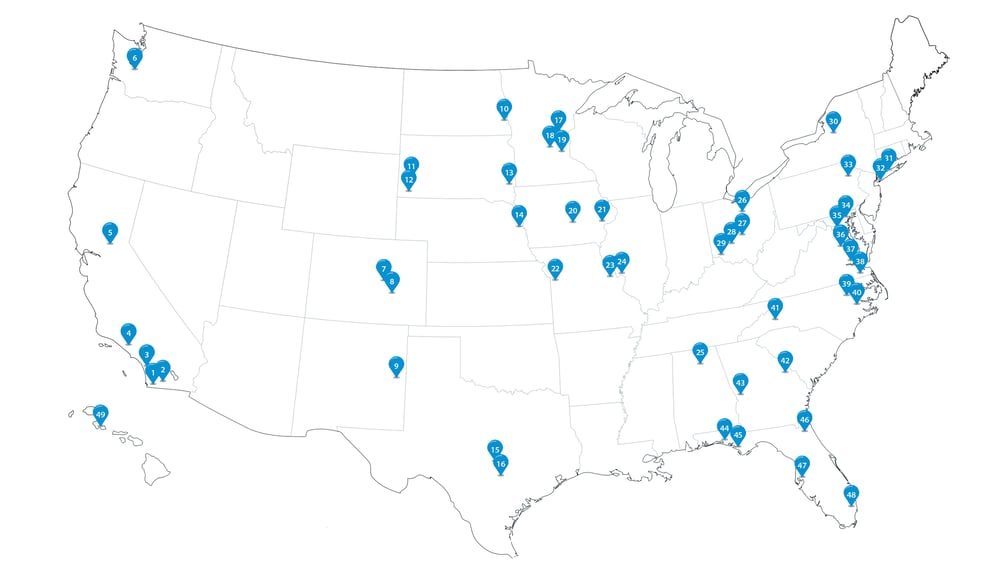
1. Surface Warfare Medical Institute, San Diego, CA
2. Naval Medical Center, San Diego, CA
3. Naval Expeditionary Medical Training Institute, Camp Pendleton, CA
4. Naval Expeditionary Medical Training Institute, Los Angeles, CA
5. Cal Vet Redding, Sacramento, CA
6. Madigan Army Medical Center, Tacoma, WA
- Emergency Medicine, Family Medicine, & Sim Center
7. Air Force Academy, Colorado Springs, CO
8. MEDDAC: Evans Army Community Hospital, Fort Carson, CO
9. Cannon Air Force Base, Curry County, NM
10. VA Healthcare System, Fargo, ND
11. VA Black Hills Healthcare System, Fort Meade, SD
12. VA Black Hills Healthcare System, Hot Springs, SD
13. Royal C Johnson Veterans Memorial Medical Center, Sioux Falls, SD
14. VA Medical Center, Omaha, NE
15. Army-Baylor University, Waco, TX
16. Central Texas VA Healthcare System, Temple, TX
17. VA Healthcare System, Saint Cloud, MN
18. 934th Air Mobility Command, Minneapolis, MN
19. VA Health System, Minneapolis, MN
20. VA Healthcare System, Des Moines, IA
21. VA Healthcare System, Iowa City, IA
22. Kansas City VA Medical Center, Kansas City, MO
23. C-STARS, St. Louis, MO
24. Scott AFB Family Medicine, Scott AFB, IL
25. FEMA Center for Domestic Preparedness, Huntsville, AL
26. Louis Stokes Cleveland VA Medical Center, Cleveland, OH
27. USAF School of Aerospace Medicine, Wright-Patterson AFB, OH
28. VA Medical Center, Dayton, OH
29. C-STARS, Cincinnati, OH
30. VA Medical Center, Syracuse, NY
31. James A Peters VA Medical Center, Bronx, NY
32. VA NY Harbor Healthcare System, New York, NY
33. Wilkes - Barre VA Medical Center, Wilkes-Barre, PA
34. C-STARS, Baltimore, MD
35. Uniformed Services University of The Health Sciences, Bethesda, MD
36. Defense Logistics Agency (DLA Troop Support), Fort Belvoir, VA
37. Naval Medical Center, Portsmouth, VA
38. McGuire VA Medical Center, Richmond, VA
39. Fort Bragg - JSOC, Fort Bragg, NC
40. Womack Army Medical Center, Fort Bragg, NC
41. VA Medical Center, Ashville, NC
42. Dwight David Eisenhower Army Medical Center, Fort Gordon, GA
43. Martin Army Community Hospital, Benning, GA
44. 1st Special Operations Medical Group, Hurlburt Field, FL
45. AFE/TSU, Simulation Center, Eglin AFB, FL
46. Naval Hospital Simulation Center, Jacksonville, FL
47. James A. Haley Veterans Hospital, Tampa, FL
48. Bruce W. Carter VA Medical Center, Miami, FL
49. Tripler Army Medical Center, Tripler AMC, HI
Outside United States
50. U.S. Naval Hospital, Naples, Italy
51. U.S. Naval Hospital, Guam
The SonoSim Wave
An Ultrasound Insights Newsletter
Get the latest trends in ultrasound training, education, & applications delivered to your inbox.


